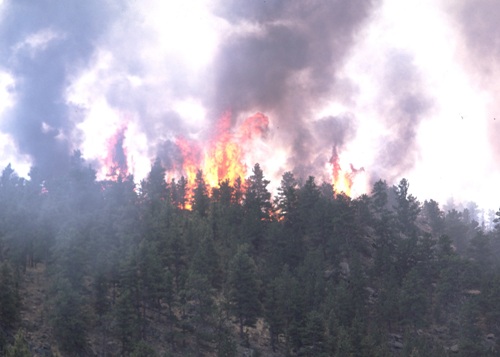If you missed a climate and natural resources webinar of interest, check out the links below.
ANREP Climate Science Initiative Webinars:
“Extension Leadership with Community Climate Planning Scenarios”
“Benefiting Clientele and Educators through Climate Education Networking”
“Extension Climate Communication in Practice”
“Urban, Rural, and Remote: Extension Climate Adaptation Programs and Practices”
“FloriDays Cutting-Edge Extension”
“The North Coast Alignment Project” and “Delaware’s Climate Change Impact Assessment”
The Role of Universities in Climate Change Education and Research


